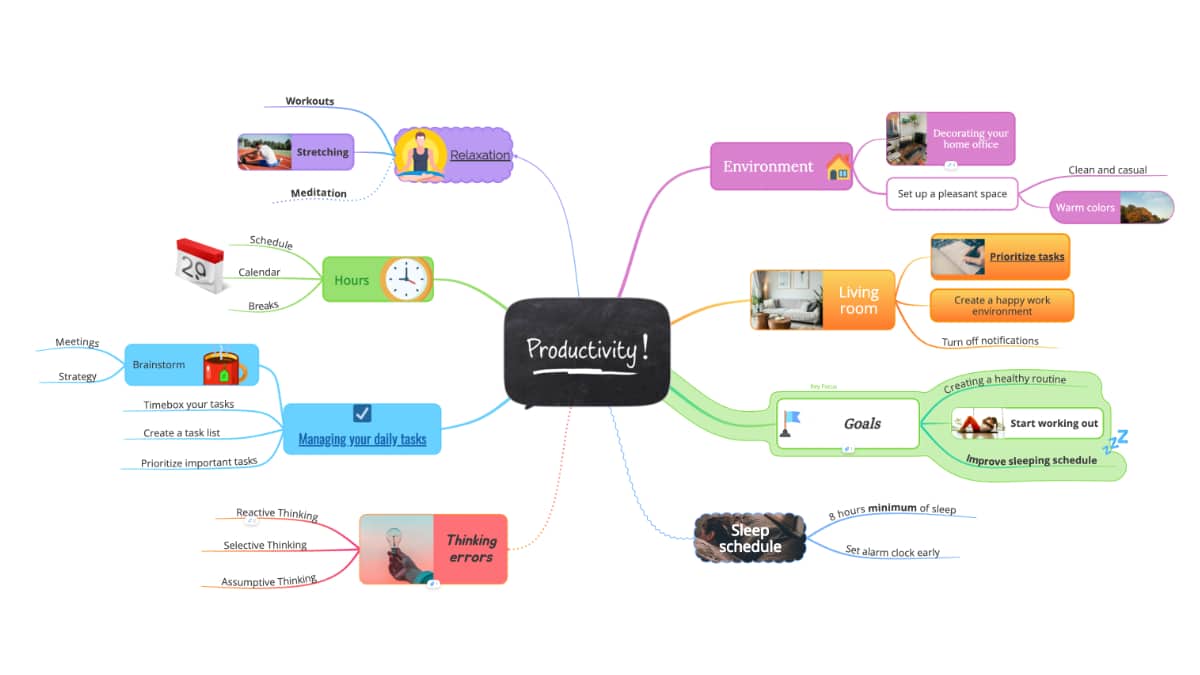September 3, 2024
What’s Wrong With Lists?

Creating a linear list or outline forces the brain to work in a way that’s not natural for it. Adding new items and sentences to a list in a linear sequence actually funnels out your thinking, so as you get lower and lower down the list, your creativity bottoms out and you stop thinking. As a result your potential to draw out all of the ideas and information available to you is limited – not exactly ideal when you’re brainstorming! In effect, this orderly form of note taking is one of the best ways to destroy your creativity as it restricts the flow of your thoughts and dries up your creative juices very early on. That’s not to say that it’s not useful for analysing and organising your ideas as a SELECTIVE tool, but it’s absurd and illogical to try to organise your ideas before you’ve even generated them.

Mind Mapping on the other hand works ‘radiantly’ and expansively, using associations, connections and triggers to stimulate your brain to respond with more and more ideas. Topics are explored by working from the centre outwards, increasing the depth and breadth of your thoughts. Instead of long, running sentences, you’re encouraged to use one key word per branch to open up your thinking and spawn lots of new possibilities. This incites your mind to dig deeper and see greater detail on thoughts that were previously vague, something that isn’t easily done when the key word is trapped in a sentence.

For instance, the sentence ‘project deadline missed’ fuses words together in a way that limits the direction in which the thought process can travel. Switching your focus to the key word ‘project’ by itself allows you to address the subject in a wider context. The ‘deadline’ then becomes a secondary issue that can also be explored comprehensively as a key word on its own branch e.g. Was the deadline realistic in the first place? What resources were allocated to it? and so on.
A formal list or outline is dull and monotonous – it’s monochrome and imposes a restrictive linear and sequential pattern on the user. But the Mind Map encourages the full range of your mental expression by taking on board colour, space, rhythm, image and dimension as well as logic.
What’s more, the Mind Mapping process encourages you to keep thinking – it’s much easier to ‘see’ new opportunities between the branches of your map and your thinking will flow naturally to try and fill in the blank spaces. So with Mind Mapping you can think without limitation to explore an infinite number of paths, resulting in it being a GENERATIVE thinking tool.
